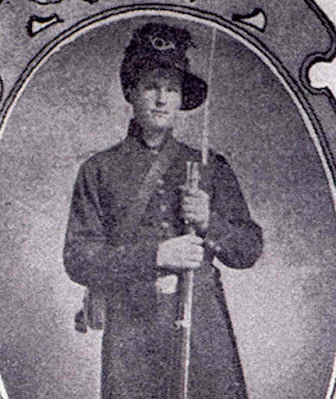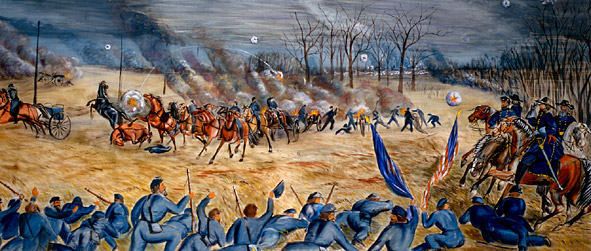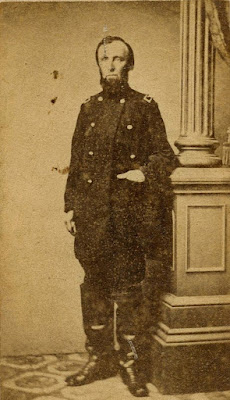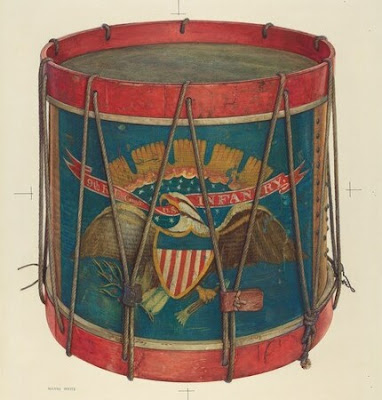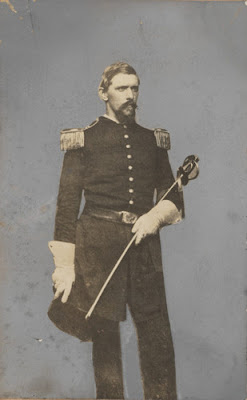A Band of Gypsies: The 19th Tennessee and the Fight for the Slaughter Pen

By the time of the Battle of Stones River, the 19 th Tennessee was one of most well-traveled regiments in the Army of Tennessee having moved through half of the states of the Confederacy in a year including Kentucky, Tennessee, Alabama, Mississippi, Louisiana, and Georgia. Raised around Knoxville in the early days of the war, the 19 th was placed under the command of Brigadier General Felix Zollicoffer and was among the first Confederate regiments to occupy Cumberland Gap. The 19 th Tennessee first smelled powder during the October 22, 1861 battle for Camp Wild Cat in Kentucky (see here ) but was not actively engaged in the fight. A few months later, the 19 th took part in the Battle of Mill Springs (see here ) and suffered a loss of 34 men. Following Zollicoffer’s defeat, the regiment retreated from southern Kentucky to Murfreesboro and then to Corinth, Mississippi where it joined up with the rest of Albert Sidney Johnston’s army. The regiment took part in the...

